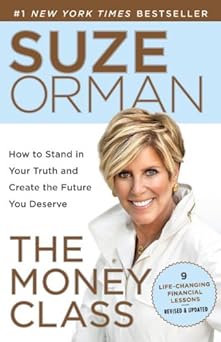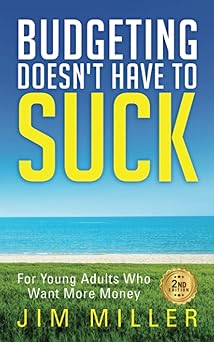
This story is about two people who seem to dislike each other very much at first. Winter is used to a life of comfort and getting everything she wants. She's always been treated like a princess, and she knows it. The other person, well, he’s had a tougher life and doesn’t come from the same world as her. They’ve never gotten along, and it feels like they’ve always been on opposite sides. It’s a strong dislike, a real clash of personalities and backgrounds. He thinks she’s spoiled, and she probably thinks he’s…different. It's a classic story of two people who seem completely wrong for each other. But things change when Winter finds herself in a difficult situation. She needs help, but she can’t turn to the people she usually relies on. Her comfortable life hasn't prepared her for this, and the people around her can’t offer what she truly needs. She needs someone who understands a different kind of world, someone who isn't afraid to do what others won't. And that's where he comes in.
She surprisingly turns to the one person she thought she hated the most, the one person who always seemed to look down on her. It’s a bit shocking, isn’t it? To ask for help from someone you truly dislike. But she has no other choice, and he sees this as an opportunity. He's always felt like she was out of his reach, someone he could never have. Now, she's coming to him, needing him. He's not going to let this chance slip away. He plans to use this situation to his advantage, to get everything he’s ever wanted. It's not about helping her out of kindness; it’s about power, about evening the score, and about making her pay for years of looking down on him. He intends to completely change her world, to make her fall from her high place. He's part of a group of hockey players who are known for not following the rules, for owning the town and everyone in it. They are strong, confident, and used to getting what they want. And this man, he is one of the most powerful of them all.
This story really focuses on their dynamic, their push and pull. It's a story about wanting control and taking what you desire. It’s a tough story, with a lot of strong emotions and a lot of back and forth. You can feel the tension between them with every interaction. He wants to ruin her, and she’s…well, she's about to find out what it's like to be truly vulnerable. It's a story where the lines between love and hate are very blurred, where the game is everything, and where winning means taking it all. It's a single story, meaning it has a beginning and an end, focused on these two characters and their complicated relationship.
This story grabbed me from the very beginning. It’s about two people who seem worlds apart, and honestly, at first, it's hard to imagine them ever getting along. One person has always had everything handed to her, a life of ease and comfort. The other has had to fight for everything, always looking at life from a different angle. It reminds me of my own family, actually. My sister and I were raised very differently. She was always the "good" one, the one who followed the rules, and I was…well, a little more rebellious. We clashed a lot growing up. It wasn’t always easy to understand where the other was coming from. This story feels similar – a lot of misunderstanding and built-up resentment. But what I really loved is how it shows that sometimes, the people we think we dislike the most are the ones who can actually help us when we’re at our lowest. It's not always about who's right or wrong, it's about what you need in that moment. The story really dives into how quickly things can change. One minute you think you have everything under control, and the next, you’re completely lost. And it's during those moments that you realize who your true friends are – and sometimes, those friends are the people you least expect.
The way the story unfolds is really interesting. The woman finds herself in a tough spot, a place where she can't rely on the people she's always counted on. It's humbling to see someone so used to getting their way suddenly needing to ask for help. And she asks the one person she thought she hated. I think that takes a lot of courage, even if she didn’t see it that way at the time. The man, he sees this as a chance to turn things around, to get what he feels he deserves. It's a bit manipulative, yes, but I also understand his frustration. He's always been looked down on, treated like he wasn't good enough. Now, the tables are turning. He wants to show her – and everyone else – that he's not someone to be underestimated. The story doesn't shy away from showing the darker side of things, the power struggles and the desire for control. It’s intense, and sometimes uncomfortable, but it feels very real. The story also explores what it means to be vulnerable, to admit you need help, and to trust someone who has always been your enemy. It's a difficult journey for both of them, but it's also a journey of self-discovery.
What really stayed with me after finishing the story was the complicated relationship between these two people. It’s not a simple story of love or hate, it’s a messy mix of both. They push each other's buttons, they challenge each other, and they force each other to confront their own flaws. It's a game, a battle of wills, and it's incredibly captivating to watch. The lines between right and wrong become blurred, and you find yourself questioning who to root for. It is a single story, focused on just these two characters, and it’s wonderful to see that focus. It allowed me to really get to know them, to understand their motivations, and to feel their pain. It’s a story that will stay with you long after you turn the final page, making you think about the complexities of human relationships and the power of forgiveness. It's a story that shows us that sometimes, the greatest love stories come from the most unexpected places.
Rating: 4.5 / 5.0
This story felt like watching a dance between two people who didn’t want to be near each other, but kept getting pulled back together. One person always had everything they wanted, while the other had to work so hard for even a little bit. It reminded me of times when I felt like someone just didn’t understand where I came from, or what my life was like. Seeing them need each other, especially when things got hard, was a surprising but good thing. It felt honest to see someone who seemed strong needing help, and the other person having a chance to show what they were capable of.
It wasn't a story about easy feelings, it was about figuring things out when everything feels wrong. It’s a story about realizing that people aren't always what they seem, and that sometimes, the people you least expect can make the biggest difference. It's a story that shows how quickly life can change, and how important it is to be brave enough to ask for help, even from someone you don’t trust. It’s a story that stays with you, making you think about how we all handle difficult times and how we treat each other.



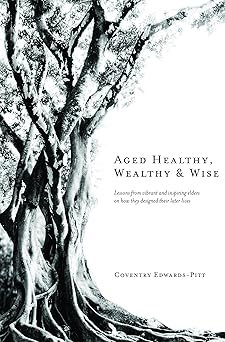

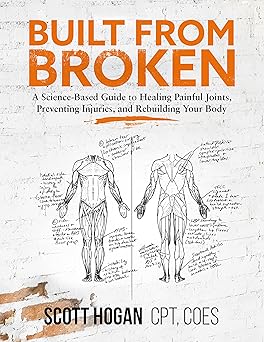

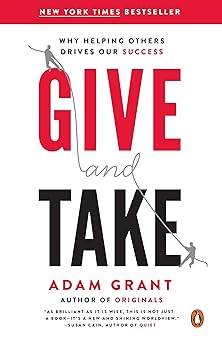

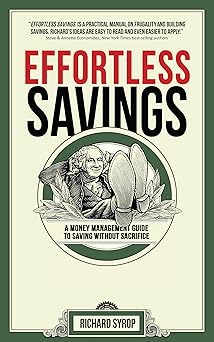




![DREAM BIG [Hardcover] Mukesh Jindal](/post/secure-your-california-retirement-family-health-and-financial-freedom/images/image_71YipCX8afL._SY342_.jpg)



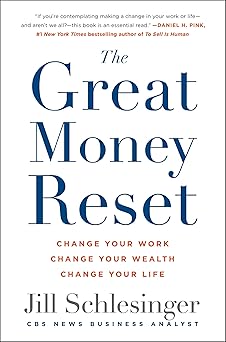

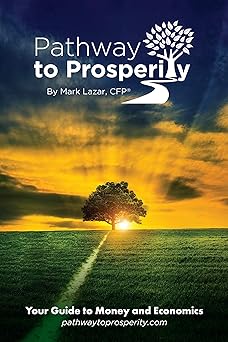


![House FIRE [Financial Independence, Retire Early]: How to Be a Red–Hot Real Estate Millionaire with a Wealth of Time and Money to Burn](/post/ready-to-thrive-essential-reading-for-a-secure-retirement-and-family-well-being/images/image_61EMzkFw40L._SY342_.jpg)

